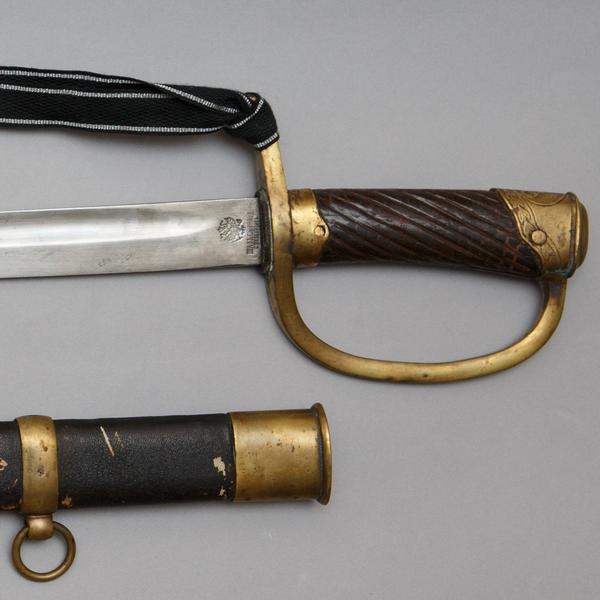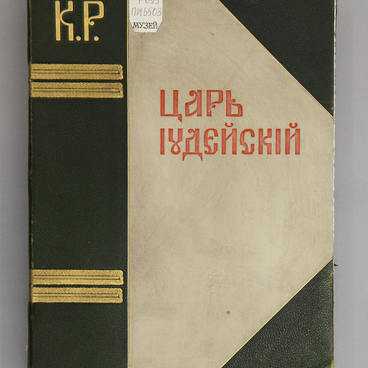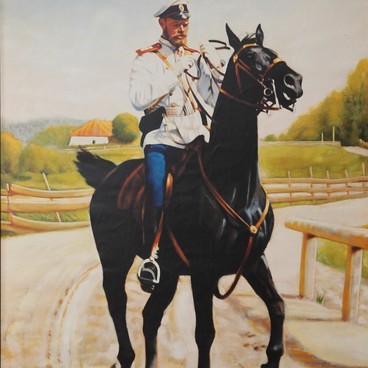In the 19th century the saber became the main type of cold arms in practically all cavalry troops. In a battle, the saber was used to strike strong slashing blows, or, as, as it was popularly referred to, ‘to chop’ the enemy. Often such a blow would determine the course of a battle: it was difficult for the enemy to dodge or fence off to devastating and unexpected attack.
The Officer Saber
Creation period
Late 19trh century
Dimensions
87x11 cm
Technique
Steel, nickel coating, brass, stamp, casting, knockout, drawing
0
Open in app#1
The Officer Saber
#2
#3
As compared with other types of arms, manufacturing of sabers was fairly cheap, and the Imperial army was equipped with sabers on a massive scale. Moreover, no long training and skills of fencing practices were required to master the saber. Newly-recruited soldiers were trained fast: all the sabre skills involved a couple of simple, however effective, slashes. The Cossacks valued the sabre for its fighting efficiency.
#7
The sabre exhibited in the Napolnaya School Museum in the town of Alapayevsk used to belong to the Arms Collection of Grand Duke Sergey Mikhailovich. The Grand Duke, being an immediate family member of the Emperor, was one of the captives brought to Alapayevsk in May 1918.
The sabre is based on the Caucasian sword. It is made of steel, is typically sharpened only on one side and has a diamond-shaped section at the fighting end of the weapon.
#4
The grip of the sabre consists of the handle crowned with a brass cap, and the guard that is supposed to protect the hand of the fencer from the enemy’s weapon.
#5
The officer lanyard was attached to the grip, i.e., a belt or a cord loop slipped over the hand. It kept the saber attached to the hand, should the fencer loose hold of it. During storage or transportation, the saber was hung up by the lanyard loop. In the case of honorary award weapon, such a cord was a mark of distinction: a decorative loop of the valuable St. George Ribbon. Later, the awarded officers used to replace it with a standard-issue lanyard, while the honorary lanyard was stored separately, as an item of value.
#6
At the base of the blade there is a trade mark of the arms company “Schaff & Sons”. In 1870s, the company became the arms supplier of the imperial court. The dynasty of Wilhelm Schaff was a well-known arms manufacturer in the capital city of St. Petersburg.
The saber was the last mass-produced cold arms in history: as late as during the World War II the Red Army cavalry was equipped with sabers. Later, this type of arms fully gave way to firearms.
The saber was the last mass-produced cold arms in history: as late as during the World War II the Red Army cavalry was equipped with sabers. Later, this type of arms fully gave way to firearms.
#8
Sverdlovsk State Regional Ethnography Museum
read morehide
00:00
00:00
1x
The Officer Saber
Creation period
Late 19trh century
Dimensions
87x11 cm
Technique
Steel, nickel coating, brass, stamp, casting, knockout, drawing
0
Open in app
Share


